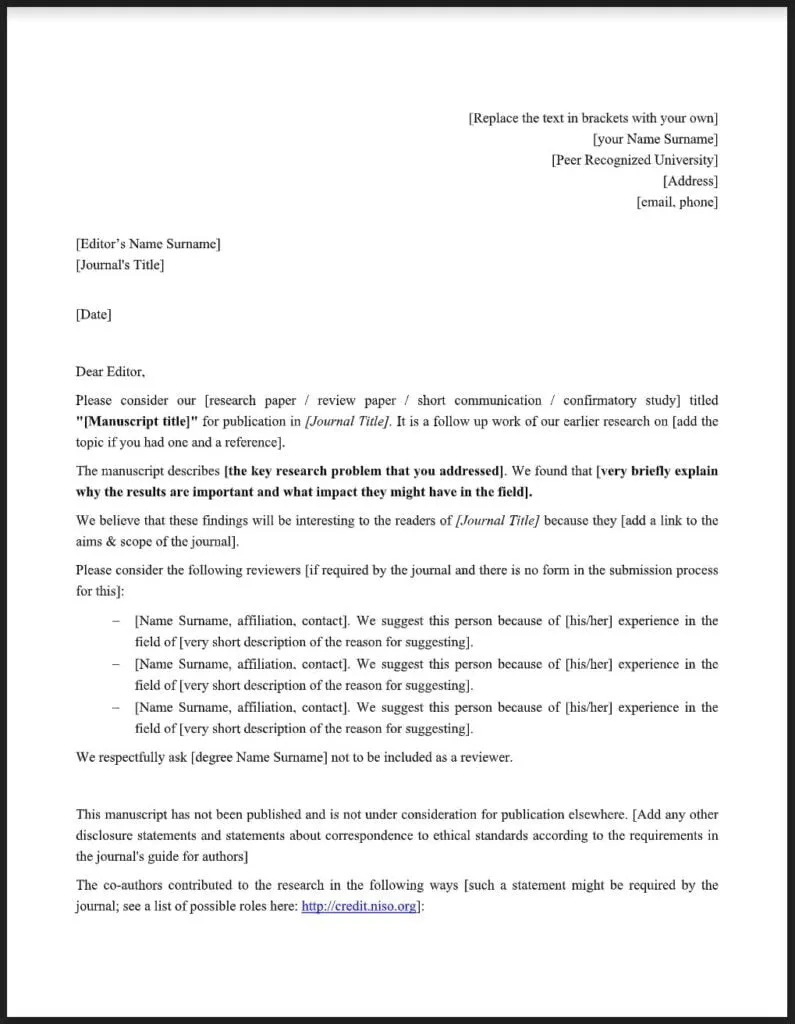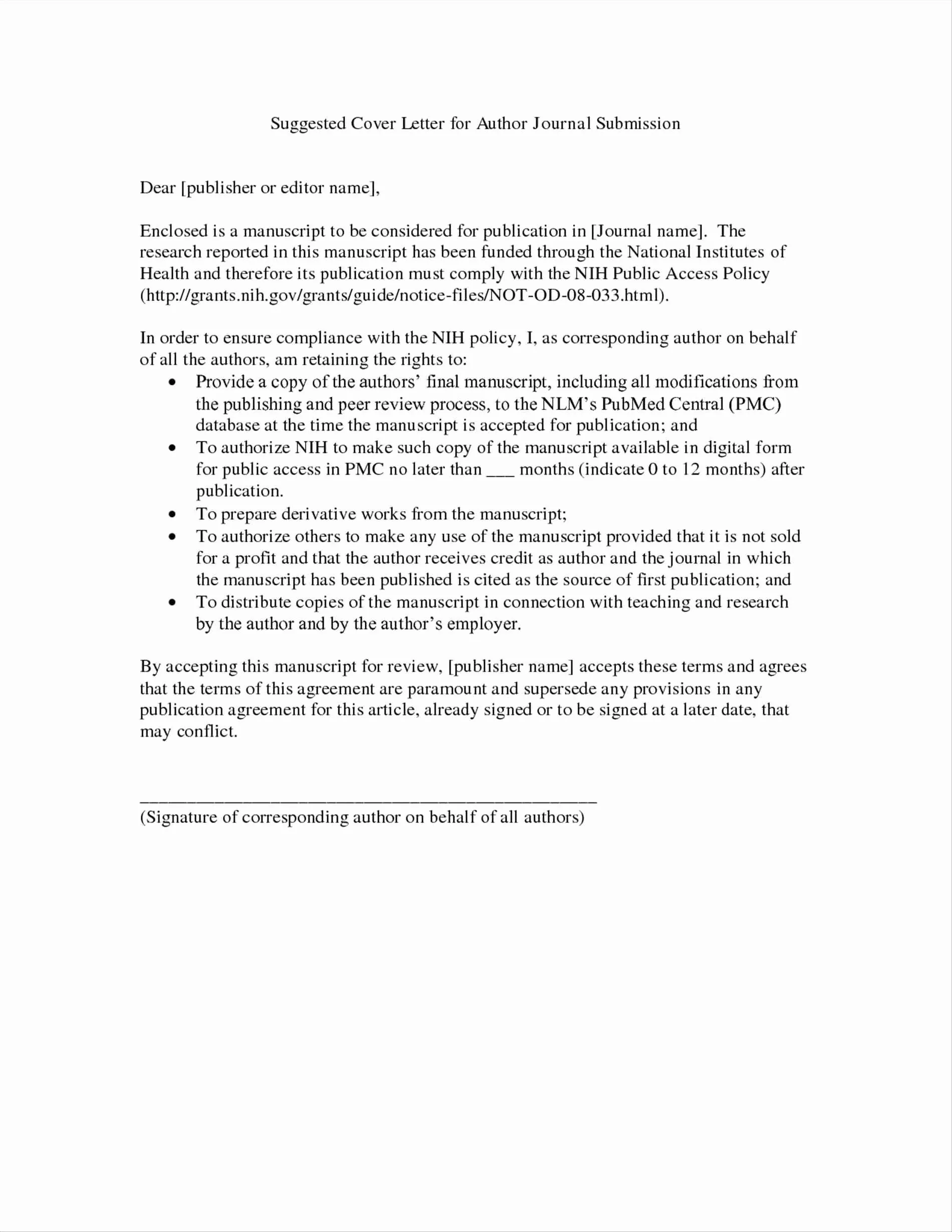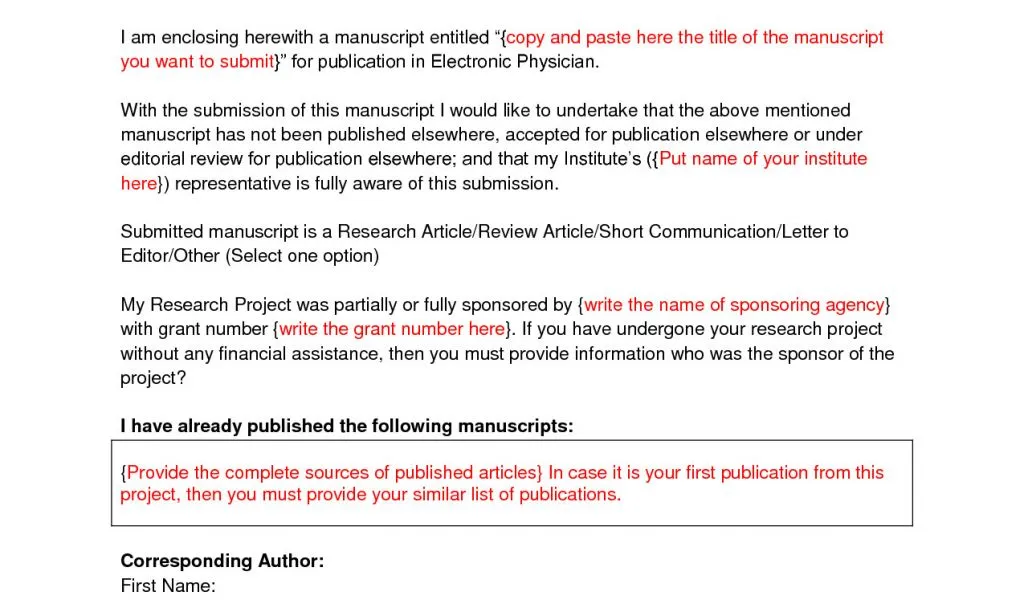Why Cover Letters Matter
In today’s competitive job market, a well-crafted cover letter is more than just a formality it’s your first impression. It’s your chance to introduce yourself to a potential employer and showcase your personality, skills, and enthusiasm for the role. While your resume provides a snapshot of your experience, the cover letter allows you to elaborate on those experiences, highlighting your accomplishments and explaining why you’re the perfect fit for the specific position. Think of it as your personal sales pitch, designed to grab the hiring manager’s attention and persuade them to read your resume. Without a compelling cover letter, your application might get overlooked, especially when dealing with numerous applicants. Cover letters demonstrate your communication skills, attention to detail, and genuine interest in the company and the job. It’s an opportunity to set yourself apart from other candidates by demonstrating your understanding of the role and how your unique skill set aligns with the company’s needs.
Highlighting Your Skills and Experience
Your cover letter should not simply reiterate your resume; instead, it should expand upon your key skills and experiences, providing context and demonstrating their relevance to the job. Identify the core requirements of the position and then showcase how your past experiences have equipped you with those skills. Use specific examples to illustrate your accomplishments, quantifying them whenever possible. For instance, instead of saying “Improved sales,” you might say, “Increased sales by 15% in six months through implementing a new customer outreach strategy.” This level of detail helps the hiring manager understand the value you bring to the table. Remember to align your skills and experiences with the keywords from the job description. This ensures your application resonates with the hiring manager and any applicant tracking systems (ATS) that may be used to screen applications. Don’t just list skills; provide examples of how you’ve applied those skills to achieve results in previous roles.
Research the Company Before Writing

Before you even begin writing, invest time in researching the company and the specific role. Visit the company’s website, explore their social media profiles, and read industry news related to their activities. This research will help you understand their values, mission, and current projects. Tailor your cover letter to demonstrate your knowledge of the company and your genuine interest in their work. This can be as simple as mentioning a recent project, a company value that resonates with you, or a specific product or service that you admire. Addressing these details shows you’ve taken the initiative to learn about the company, which is a crucial way to demonstrate that you are truly interested. This kind of personalization will make your cover letter stand out from generic applications. Your research should also encompass the specific hiring manager or the team you are applying to, if possible. Look for their LinkedIn profiles, or read articles related to their expertise. This adds a personal touch to your cover letter and makes it more engaging.
Tailoring Your Cover Letter
Generic cover letters rarely make a lasting impression. Each cover letter should be tailored to the specific job and company you are applying for. This means reviewing the job description carefully and identifying the key requirements and desired skills. Adjust your cover letter to highlight how your skills and experience align with those specific requirements. Use the same keywords and language as the job description, which can help your application get through applicant tracking systems (ATS). Avoid reusing the same cover letter for multiple applications; instead, take the time to customize each one. This includes personalizing the opening, middle, and closing. Address the hiring manager by name if possible; otherwise, address it to the hiring team. Show you understand the job and the company’s needs by referencing specific projects or initiatives. This level of customization demonstrates your genuine interest and increases your chances of getting noticed.
Formatting Your Cover Letter
The format of your cover letter is just as important as the content. A well-formatted letter is easy to read and professional in appearance. Use a standard font like Times New Roman, Arial, or Calibri, with a font size between 10 and 12 points. Keep your letter concise, ideally no more than one page. Use clear headings, bullet points, and short paragraphs to break up the text and make it more scannable. Proper formatting includes adding your contact information at the top, followed by the date, and the hiring manager’s name and title (if available). Maintain consistent spacing throughout the letter. Pay attention to the overall layout and ensure it looks clean and professional. Save your cover letter as a PDF to preserve the formatting and ensure it appears the same on all devices. Poor formatting can detract from the content, so it’s crucial to get it right. Make use of white space; don’t overcrowd the page.
Proofread and Edit Your Letter

Before you submit your cover letter, it’s imperative to proofread and edit it meticulously. Errors in grammar, spelling, and punctuation can make you appear careless and unprofessional, immediately diminishing your chances. Start by reading the letter slowly and carefully. Then, use a grammar and spell checker to identify any obvious errors. However, don’t rely solely on these tools; they often miss subtle mistakes. Ask a friend, family member, or career counselor to review your cover letter and provide feedback. They may catch errors that you’ve overlooked. Pay close attention to the flow and clarity of your writing. Ensure your sentences are clear and concise. Make sure the tone of your letter is appropriate for the job. If possible, read your cover letter aloud; this can help you identify awkward phrasing or grammatical errors. Take the time to revise and refine your writing, even if it means several rounds of proofreading. A polished, error-free cover letter demonstrates your attention to detail, which is a critical skill in any professional setting.
Make a Strong Opening Statement
The opening of your cover letter is your first and often only chance to make a positive impression. It should immediately grab the hiring manager’s attention and convince them to read further. Avoid generic openings like “Dear Hiring Manager” or “To Whom It May Concern.” Instead, try to personalize the opening. If you know the hiring manager’s name, address them directly. Alternatively, you can mention where you found the job posting, why you’re interested in the company, or express your enthusiasm for the role. State the position you’re applying for clearly. In the opening, you should quickly highlight one or two key achievements or skills that make you a strong candidate. This gives the reader a preview of what they can expect to find in the rest of your letter. Make it concise and compelling, and make sure it shows your enthusiasm for the opportunity. The opening paragraph should clearly state your intent and pique the reader’s interest to convince them to read the whole cover letter.
Showcase Your Achievements
Instead of simply listing your responsibilities, use your cover letter to showcase your achievements. Use the STAR method (Situation, Task, Action, Result) to structure your examples. Begin by briefly describing the situation, then explain the task you were assigned. Describe the actions you took to complete the task, and finally, highlight the positive results you achieved. This approach provides a clear and concise way to demonstrate your skills and quantify your impact. Whenever possible, use numbers and data to back up your claims. Instead of saying, “Managed social media,” say, “Increased social media engagement by 30% in six months by implementing a new content strategy.” This level of detail adds credibility to your achievements. Choose the achievements that are most relevant to the job requirements and tailor your examples to the specific position. This demonstrates that you can deliver results. Focus on demonstrating the value you bring to the table, showing how you’ve solved problems, and how you have contributed to previous employers.
Closing Your Cover Letter Effectively

The closing of your cover letter should reiterate your interest in the position and invite the hiring manager to take the next step. Thank the reader for their time and consideration. Restate your enthusiasm for the opportunity and reiterate your qualifications. End with a call to action, such as “I am eager to discuss my qualifications further” or “I look forward to the opportunity to speak with you.” Provide your contact information, including your phone number and email address, to make it easy for the hiring manager to reach you. Keep the closing concise and professional. Do not include information that wasn’t covered in the body of your cover letter. Avoid clichés or overly formal language. A strong closing should leave a lasting positive impression, encouraging the hiring manager to contact you. Also, ensure that you check the correct recipient name and job title, if any.
Cover Letter Examples
To illustrate all the above, using cover letter examples is a great way to implement what was mentioned. There are tons of cover letter templates online. These templates are also available in different formats. For example, a candidate can choose a cover letter for a recent graduate, a cover letter for a career change, or a cover letter for a specific role. Use these examples as guides, but customize them to match your individual background, skills, and experiences. Adapt the language, format, and content to accurately represent your qualifications and personality. Consider the industry standards, the specific role requirements, and the type of company before settling on a template. Take the time to assess the strengths and weaknesses of different samples and modify your template to match your own application.
